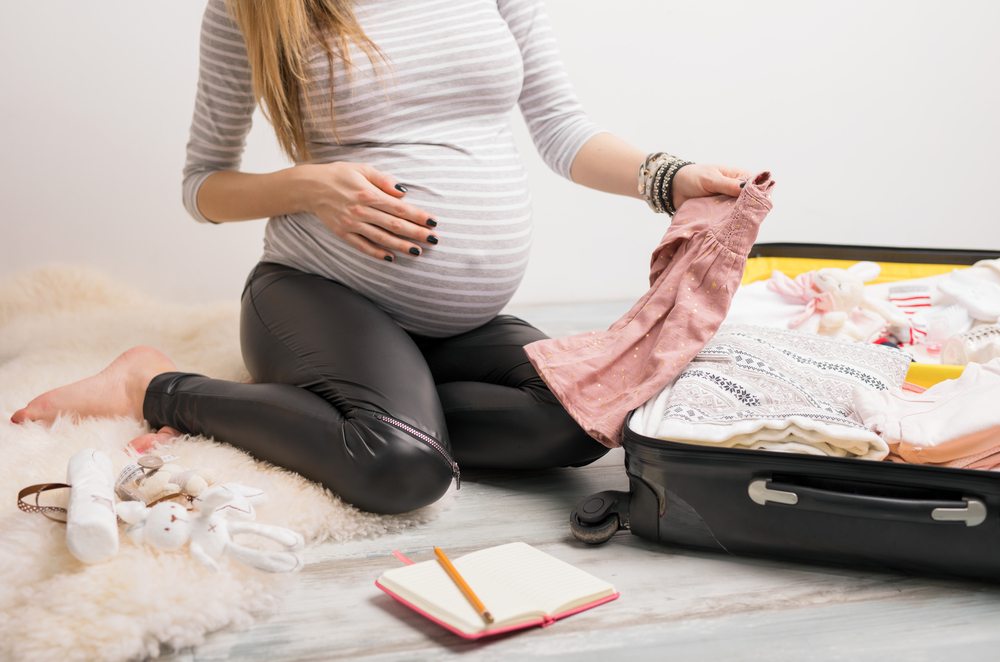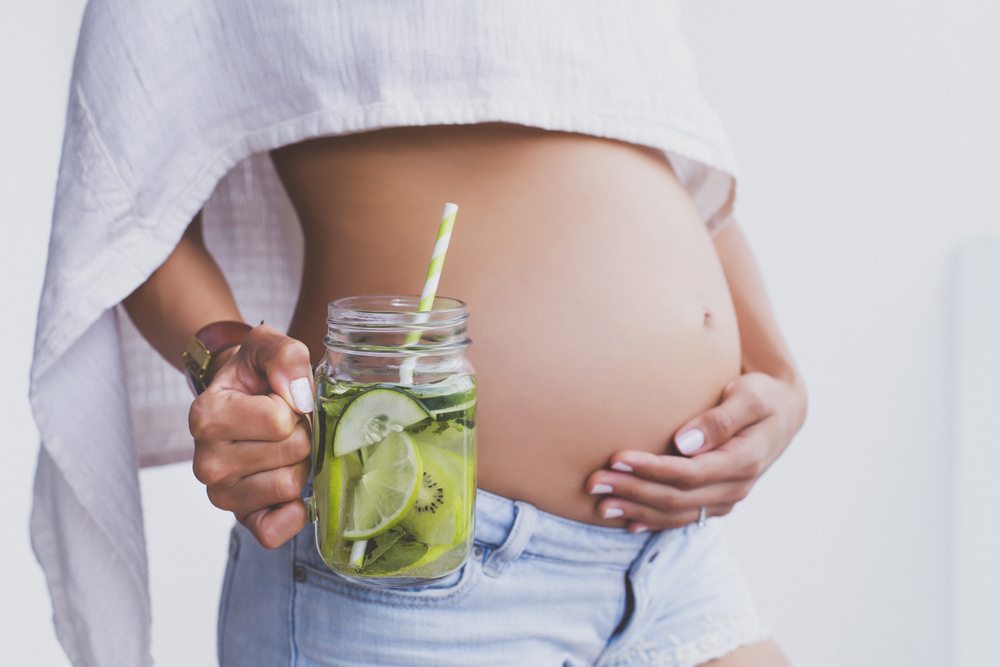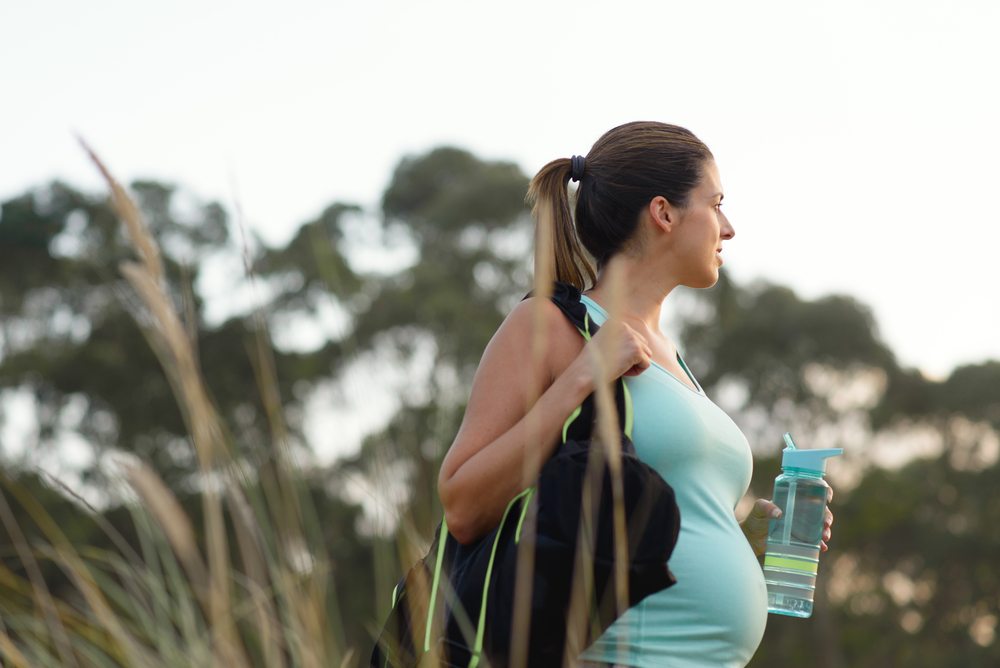
If Hollywood movies are anything to go by, the arrival of your baby will be signalled by one thing: your water breaking. Not only that, but if you believe the movies, you’ll be standing in a supermarket queue or in the middle of an important meeting.
The truth, of course, is a little less dramatic. According to healthcare professionals, only 15 percent of women actually experience their water breaking before going into labour. More often than not, you’ll already be in the hospital when it happens.
In this week’s article, we explore some of the most commonly asked questions relating to this issue. Have a look.
What exactly happens when my water breaks?
During your pregnancy, your baby is surrounded by a fluid-filled sac known as the ‘amniotic sac’. Just before you begin labour, or during labour, your ‘amniotic sac’ breaks – releasing these fluids. Although many people might associate this process with a dramatic onslaught of fluid (as a result of Hollywood movies, most likely), different women might experience this process differently. You’re just as likely to experience a wetness in your vaginal area, or intermittent dripping, as you are a dramatic burst of fluids.
Is it guaranteed that my water will break right before I go into labour?
The answer, in fact, is no. Only about 15 percent of women actually go through this experience. More often than not, your water will break when you’ve already gone into labour, or are already in the hospital. So, there’s no need to worry that you’re going to go into labour in the supermarket queue or while out and about. It could happen, but it’s relatively uncommon.
How can I be sure my water has broken?
Because the bursting of your amniotic sac might be experienced as a subtle wetness in the vagina, or a trickle of fluid, it’s sometimes difficult to tell whether or not your water has indeed broke. If you suspect your water has broke, but are unsure, contact your doctor immediately. Most likely, he will advise you to go to your nearest hospital. Once there, the doctors can do tests to see whether or not your amniotic sac has indeed burst.
What should I do when my water breaks?
Most healthcare professionals will provide you with a set of instructions to follow if and when your water breaks. These can vary, but if you have trouble remembering these – or have any concerns about them – don’t hesitate to get in touch with your doctor. That’s what your doctor is there for.
Generally, your doctor will advise you to prevent any bacteria from entering your vaginal area after your amniotic sac has broken. Keep your vaginal area as clean as possible. If you use the toilet, make sure to dry the area properly afterwards. Although you’re not likely to be considering it, avoid having sex after your water has broken.
Although it’s generally advised that you contact your doctor as soon as you suspect your water has broken, some doctors might instruct you to give it a few hours, to see if you begin experiencing signs of labour. However, even if this is the case, you should contact your doctor immediately if you notice any of the following:
-If you’re on week 37, or less, contact your doctor as soon as you can.
– If the fluid has a green or brown colour.
– If your water has broken, and you experience an unusual sensation in your vaginal area, or notice the top of an umbilical cord coming through, contact your doctor. This isn’t reason to panic, but could be a condition known as cord prolapse.
Sources:
http://www.mayoclinic.org/healthy-lifestyle/labor-and-delivery/in-depth/water-breaking/art-20044142
http://www.whattoexpect.com/pregnancy/symptoms-and-solutions/water-breaking-during-pregnancy.aspx
http://www.babycentre.co.uk/a1053562/when-your-waters-break










